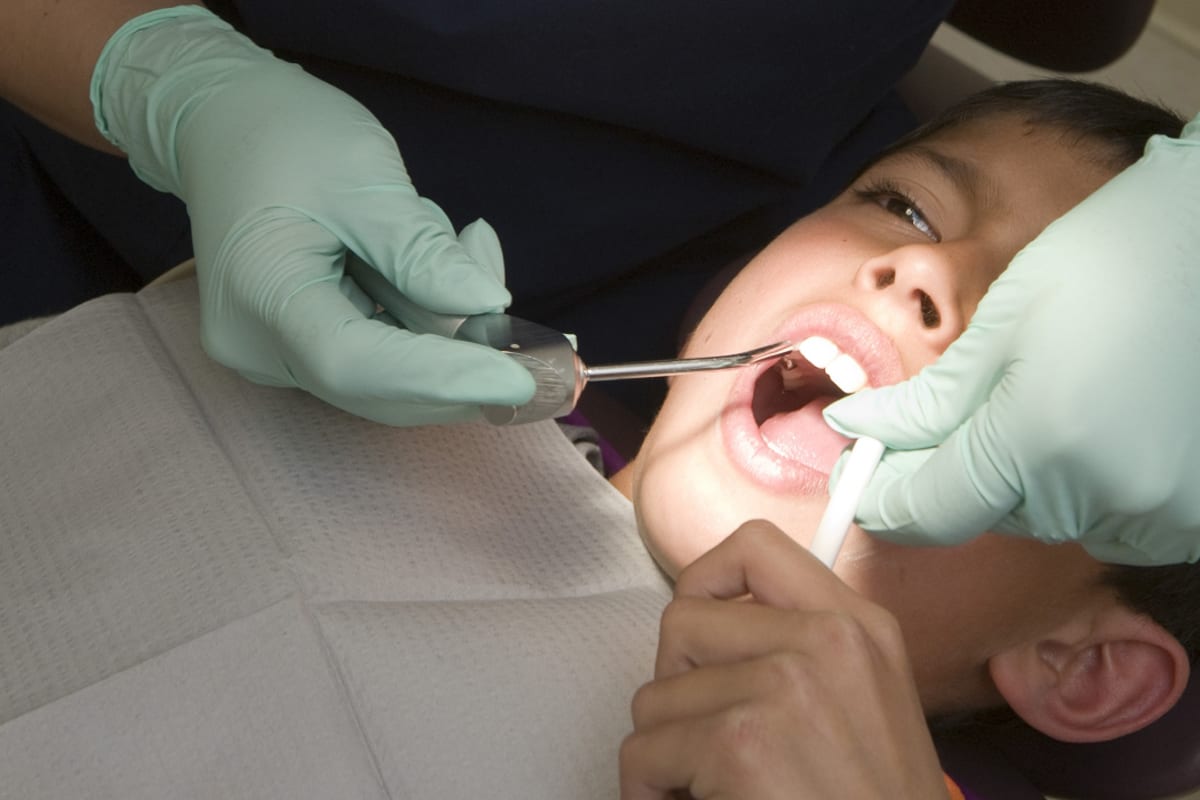New Report Supports Use of Dental Therapists in U.S.
By Lowell Dempsey, April 23, 2012

Will Panich Photography
Nearly 50 million people in the United States can’t get dental care where or when they need it. As community, tribal, state and national leaders debate how best to solve the nation’s intensifying oral health care crisis, a recent research review, entitled A Review of the Global Literature on Dental Therapists: In the Context of the Movement to Add Dental Therapists to the Oral Health Workforce in the United States, indicates that serious consideration should be given to incorporating mid-level providers such as dental therapists into the dental health team. The extensive review issued by the W.K. Kellogg Foundation (a Burness client) concluded that dental therapists were able to effectively expand access to dental care worldwide, especially for children.
Dental therapists typically provide routine care that includes cleanings, filling cavities, preventive care and extractions of children’s teeth. While the scope of practice has typically been restricted to children, some states and countries are beginning to permit dental therapists to treat adults as well.
The report found no evidence to indicate that the public perspective of dental therapists in any country was negative, according to report’s principal author David Nash, DMD, MS, EdD. In New Zealand, 96 percent of school age children, and 49 percent of preschool children are enrolled in the school dental service and cared for by dental therapists. In Malaysia, 96 percent of elementary school children and 67 percent of secondary school children are enrolled in the school dental service staffed by dental therapists.
A New York Times op-ed by former Health and Human Services Secretary Louis Sullivan urges policymakers and the dental profession to incorporate dental therapists into the dental team as a way to improve access to dental care. He notes that dental therapists were first introduced to the United States in 2003 to Alaska Natives who live in isolated villages accessible only by plane, snowmobile or dogsled. Since then, they have been licensed in one other state – Minnesota. But five other states—Vermont, Washington, Kansas, Ohio and New Mexico—are pursuing legislation to allow these midlevel providers to practice and two other states are pursuing pilot projects involving dental therapists. Outside of the U.S., 54 countries, including five of the top six countries on the Human Development Index—the United States, Canada, New Zealand, Australia and the Netherlands—employ dental therapists in their oral health workforce.
For more information on dental therapists, check out coverage of the report in The Associated Press and the PBS NewsHour.